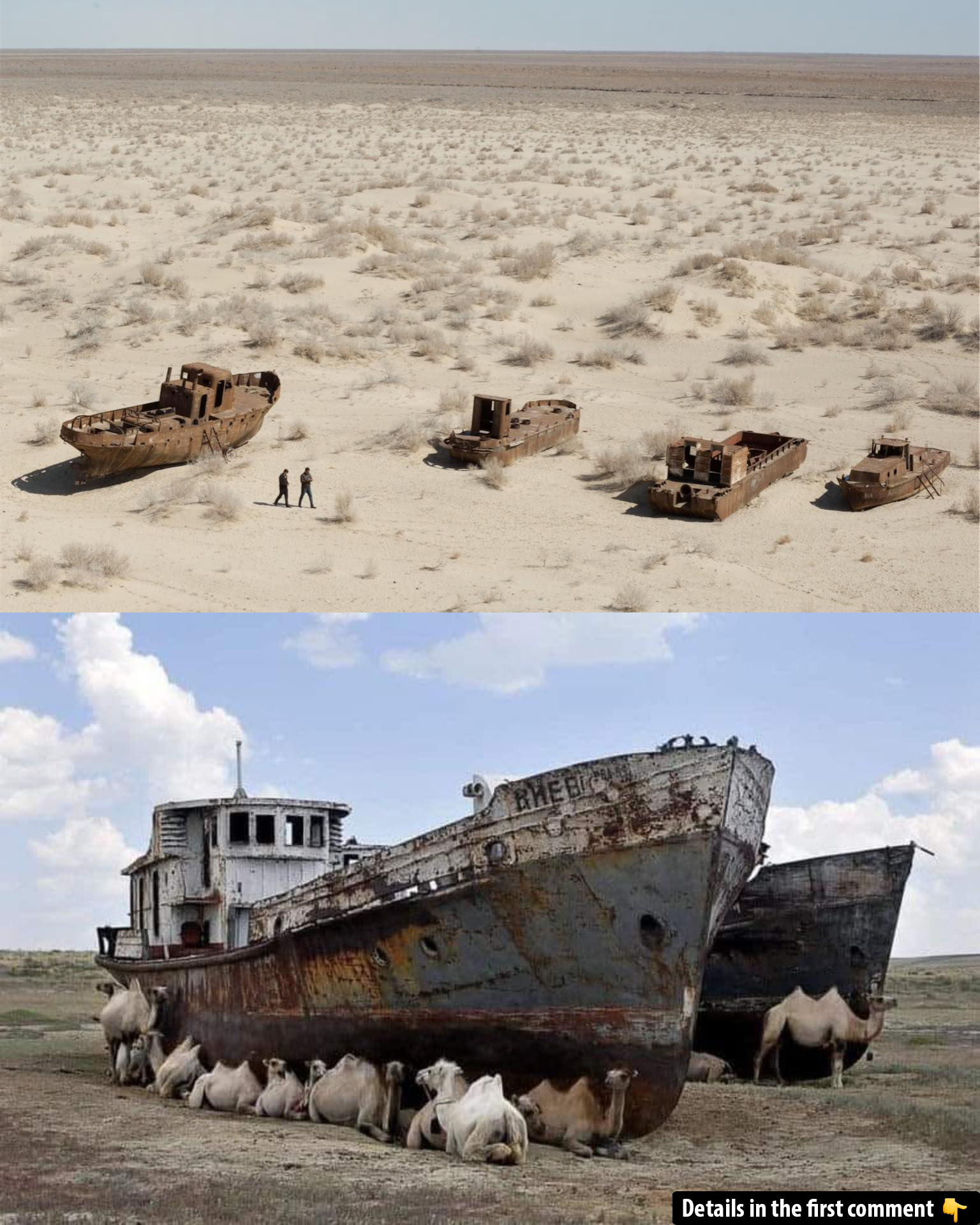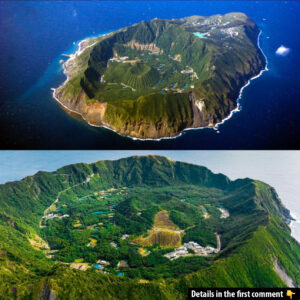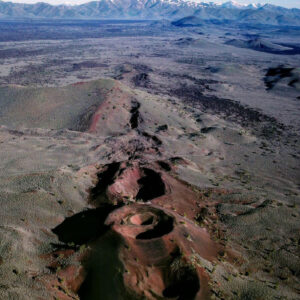The Aral Sea, once the fourth largest lake in the world, has become a tragic symbol of environmental degradation. For decades, it has shrunk dramatically, transforming into a haunting reminder of humanity’s impact on nature. This ecological disaster, primarily caused by Soviet-era irrigation projects that diverted the Amu Darya and Syr Darya rivers, devastated the local ecosystem, economy, and the lives of the people who once thrived around it. Yet amidst this crisis, Kazakhstan’s ambitious efforts to revive the Aral Sea are stirring hope for a future restoration. With a combination of innovative engineering, environmental management, and international cooperation, Kazakhstan is paving the way for an extraordinary ecological recovery.
The Catastrophe of the Aral Sea: The Soviet Legacy
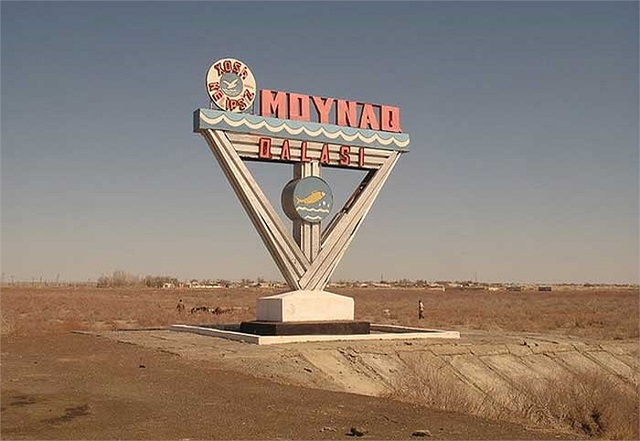
In the 1960s, Soviet authorities redirected the waters of the Amu Darya and Syr Darya rivers for massive agricultural projects, primarily to irrigate cotton fields. This diversion drastically reduced the inflow of water into the Aral Sea, setting the stage for its tragic decline. By the 1980s, the Sea began to recede at an alarming rate, splitting into two smaller bodies of water—the North Aral Sea in Kazakhstan and the South Aral Sea in Uzbekistan.
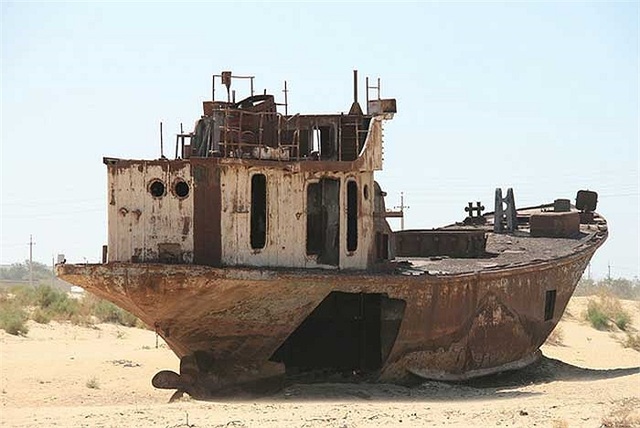
The consequences of this man-made disaster were catastrophic. Once a bustling hub for fishing, the Aral Sea became a desert wasteland. The shrinking waters left behind vast salt flats, causing sandstorms and the spread of toxic chemicals from the exposed seabed. These environmental changes led to devastating health crises, including respiratory diseases and other health problems among local populations. Additionally, the collapse of the fishing industry caused mass unemployment and poverty, as many relied on the Sea for their livelihoods.
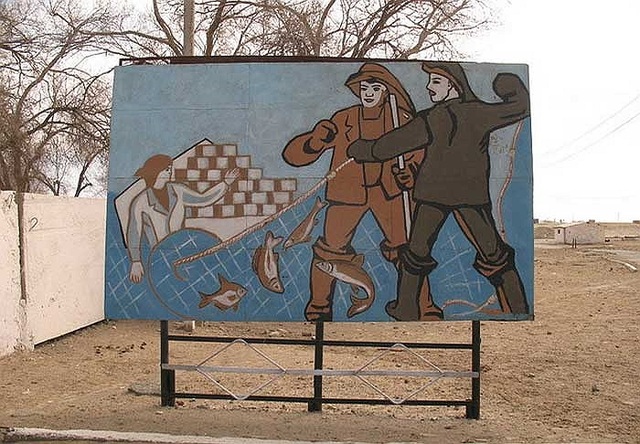
Video
Check out this video to explore the difficult journey of restoring water to the Aral Sea, uncovering the challenges and efforts involved in this environmental restoration.
Kazakhstan’s Bold Commitment to Restore the Aral Sea
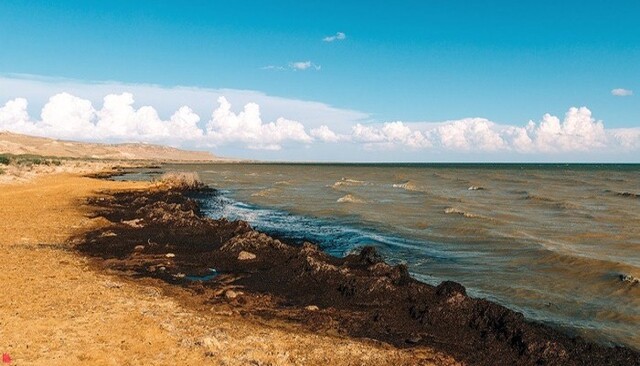
Despite the dire situation, Kazakhstan has emerged as a leader in efforts to restore the Aral Sea, particularly in the North Aral region. With strong political will and international support, Kazakhstan has implemented a series of ambitious initiatives aimed at reversing the environmental damage and bringing life back to the once-thriving ecosystem. One of the country’s most notable achievements is the construction of the Kok-Aral Dam.
The Kok-Aral Dam: A Beacon of Hope for the North Aral Sea
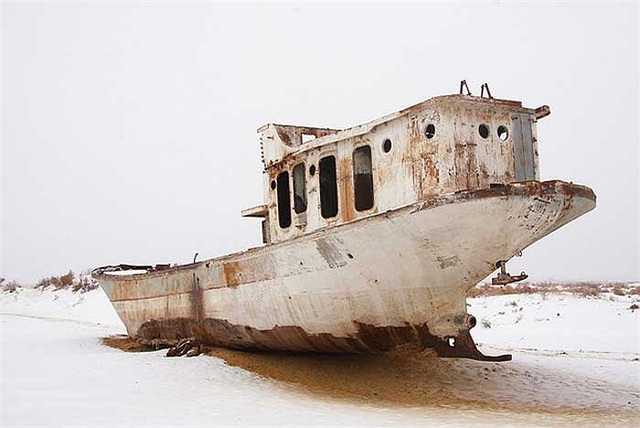
In 2005, Kazakhstan, with financial backing from the World Bank, completed the construction of the Kok-Aral Dam. This project, which aimed to separate the smaller North Aral Sea from the much larger South Aral Sea, has proven to be a turning point in the restoration effort. By building the dam, Kazakhstan was able to restore a vital water flow from the Syr Darya River into the North Aral Sea, resulting in a significant increase in water levels.
The impact of the Kok-Aral Dam has been profound. The rise in water levels has flooded previously barren areas, breathing new life into the region. In particular, the local fishing industry has seen a revival, with fish stocks showing remarkable recovery. The increase in water levels has also helped stabilize the local climate, reducing dust storms and improving agricultural productivity in surrounding areas.
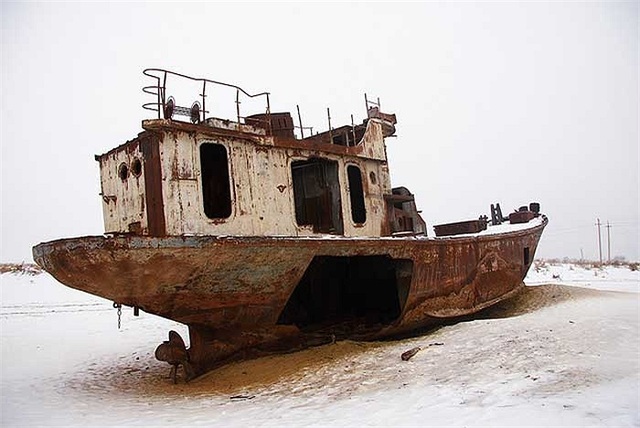
Reviving the Fisheries: The Return of Life to the Waters
The revival of the North Aral Sea has brought more than just a boost to the ecosystem—it has also restored the livelihoods of the people who depend on fishing for their income. Once an economic pillar of the region, the fishing industry had all but disappeared as the Sea dried up. However, with the rise of water levels in the North Aral Sea, local fish populations have been able to thrive once again. This success has provided a beacon of hope for other areas suffering from environmental degradation.
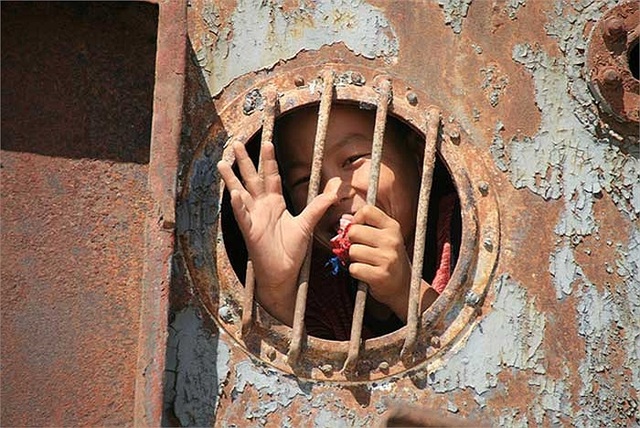
Water Management Strategies: Ensuring Long-Term Sustainability
Kazakhstan’s efforts to restore the Aral Sea go beyond engineering feats like the Kok-Aral Dam. The country has also prioritized sustainable water management to ensure the long-term survival of the Sea. One of the key initiatives is the modernization of irrigation systems to reduce water wastage in agriculture. This includes the implementation of efficient drip irrigation techniques, which aim to optimize water usage while minimizing losses.
In addition, Kazakhstan has worked closely with neighboring countries, particularly Uzbekistan, to improve the management of the Syr Darya and Amu Darya rivers. The collaborative efforts aim to balance water use between the countries, ensuring that there is enough water to sustain the Aral Sea while also supporting agriculture in the region.
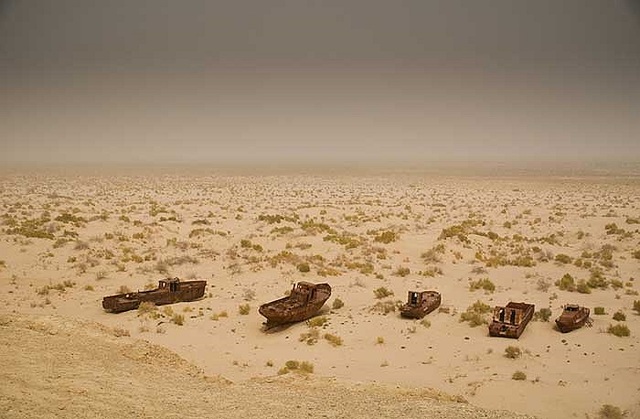
International Cooperation: A Collective Effort for Environmental Recovery
Kazakhstan understands that the recovery of the Aral Sea cannot be achieved in isolation. As such, the country has actively engaged in regional and international cooperation to address the challenges of the Aral Sea basin. One of the key platforms for this collaboration is the Central Asia Regional Environmental Center (CAREC), which works to promote sustainable environmental practices in the region.
Kazakhstan has also participated in global environmental initiatives, joining forums and working with international organizations to share knowledge and attract funding for restoration projects. This cooperation is crucial for tackling the shared environmental issues of the region and ensuring that the recovery of the Aral Sea is sustainable in the long term.

Challenges Ahead: The South Aral Sea and Ongoing Ecological Restoration
While the revival of the North Aral Sea has been a success, significant challenges remain, particularly with the South Aral Sea. The larger body of water, which is shared by Kazakhstan and Uzbekistan, continues to face severe ecological degradation. The South Aral Sea’s size and deeper waters make restoration efforts more complex and costly, and the ecological damage is more pronounced.
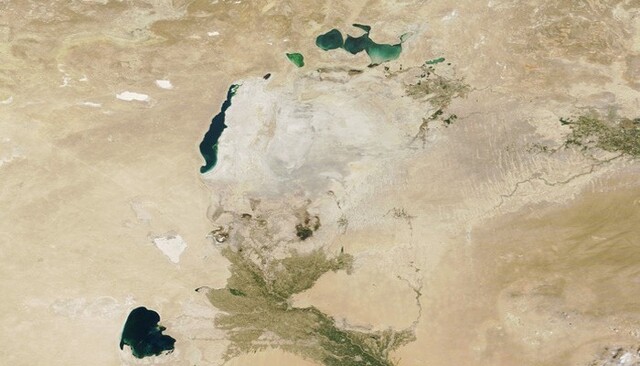
Moreover, climate change adds another layer of complexity to the restoration process. Rising temperatures and changing precipitation patterns threaten the region’s already scarce water resources. As such, addressing the ongoing crisis in the South Aral Sea will require coordinated efforts from all nations in the basin, along with continued international support.
Climate Change and Its Impact on the Aral Sea Region
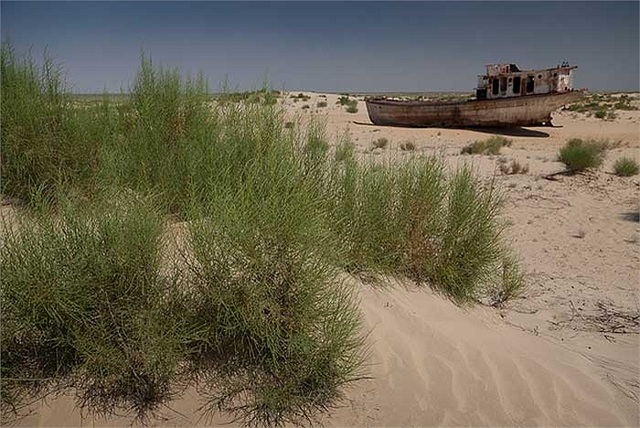
The Aral Sea region is already feeling the impacts of climate change, with rising temperatures exacerbating water scarcity and contributing to further desertification. These changes are expected to intensify in the coming years, making water management even more critical. To address this, Kazakhstan is focusing on climate adaptation strategies, which include improved water conservation techniques and better land management practices.
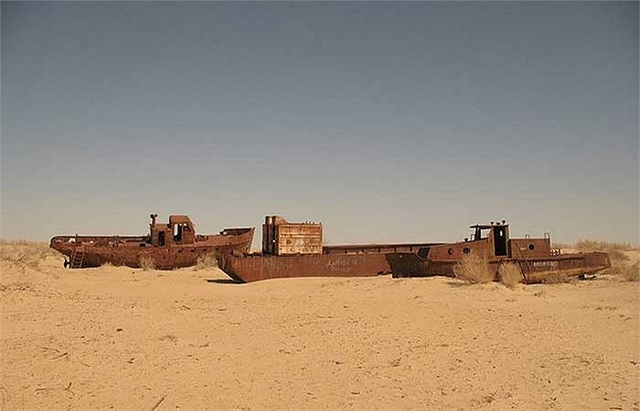
The country is also working to protect the region’s biodiversity, which has been severely affected by the disappearance of the Aral Sea. Efforts to reforest areas around the Sea and develop sustainable ecosystems are part of a broader strategy to counteract the environmental damage caused by decades of neglect.
Future Prospects: Kazakhstan’s Vision for the Future of the Aral Sea
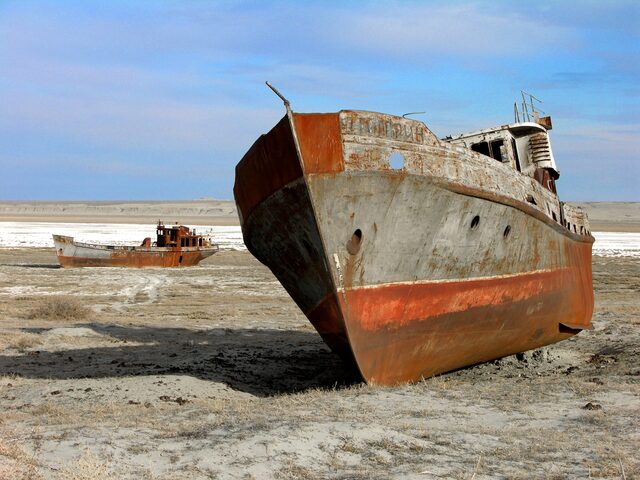
Kazakhstan has a clear vision for the future of the Aral Sea—one in which the region thrives once again, with sustainable water management, a healthy ecosystem, and a prosperous community. The country’s efforts, including the ongoing restoration of the North Aral Sea, are paving the way for a brighter future.
As Kazakhstan continues to work with its neighbors and international partners, there is hope that the lessons learned from the revival of the North Aral Sea will be applied to the larger South Aral Sea and other regions facing similar environmental challenges.
More photos of The Aral Sea
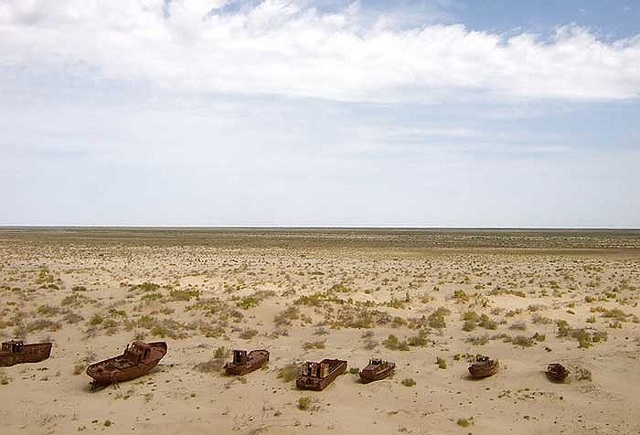
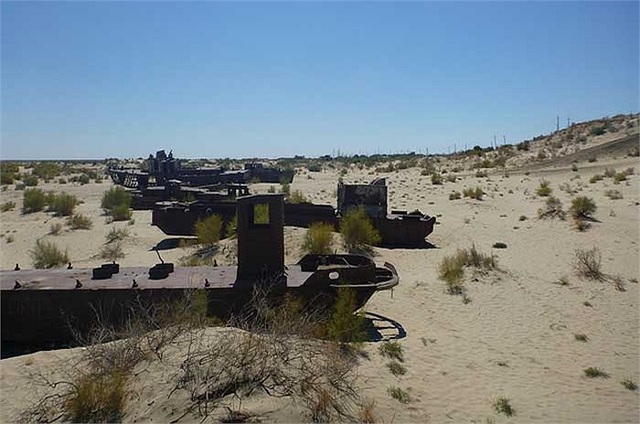
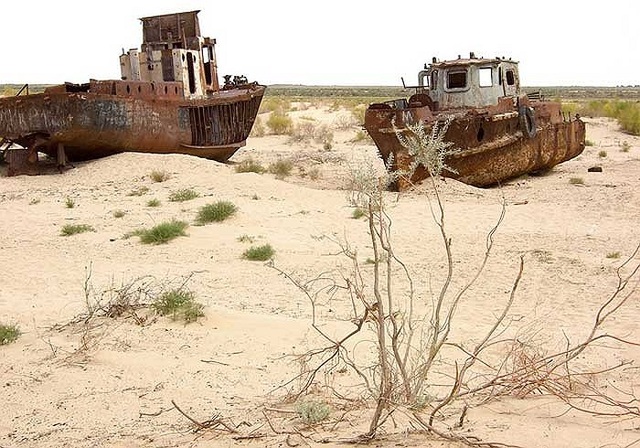
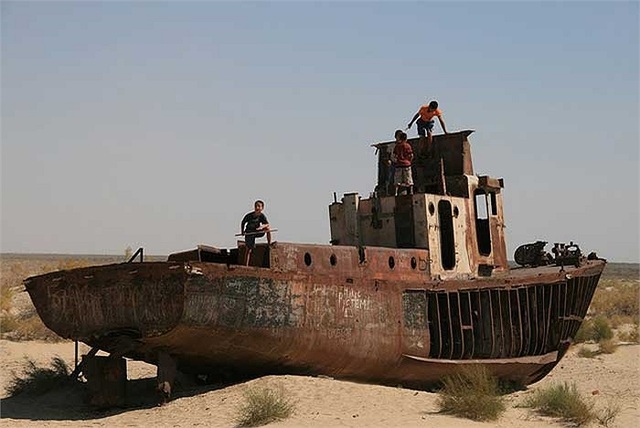

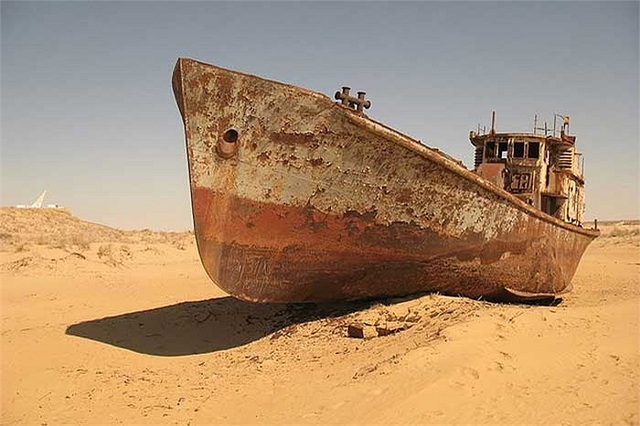
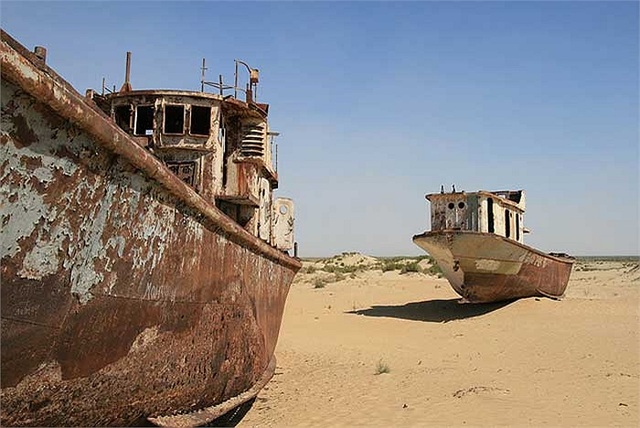
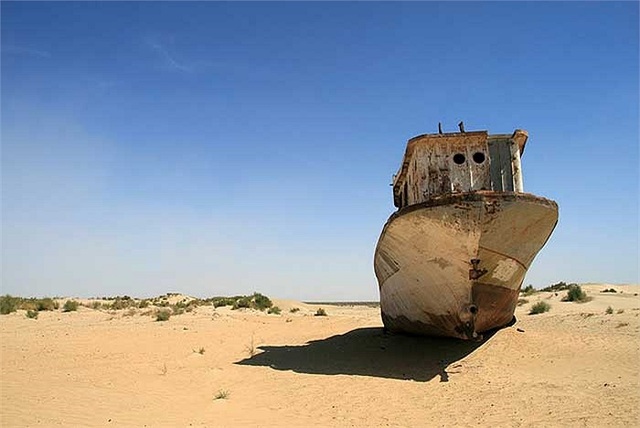
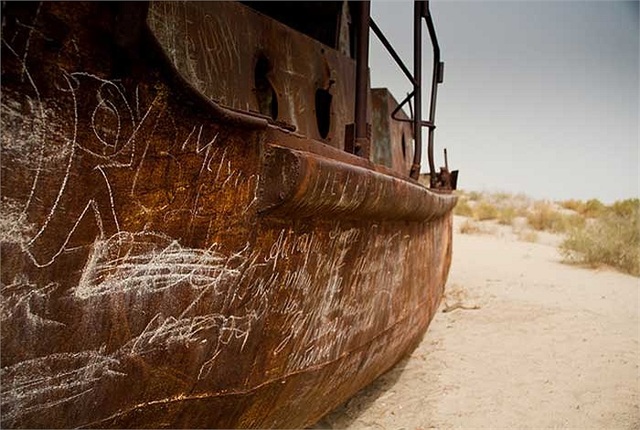

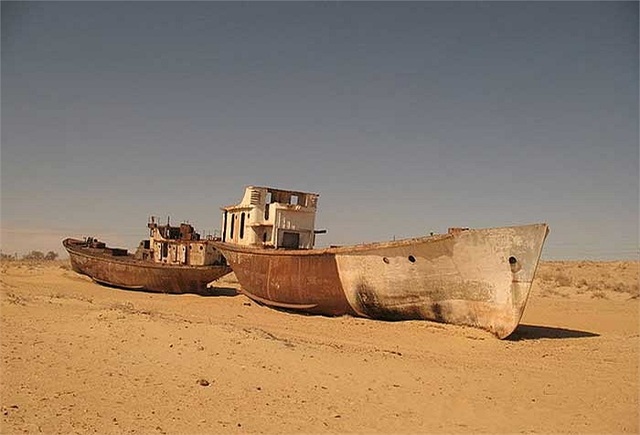

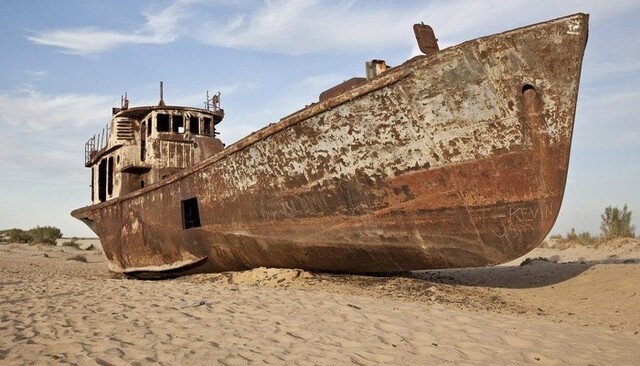
Video
Tune into this video from BBC Travel Show to discover the disappearing Aral Sea in Kazakhstan, exploring its environmental impact and the ongoing struggle for its restoration.
Conclusion: A Vision of Hope for the Aral Sea’s Revival
Kazakhstan’s efforts to restore the Aral Sea offer a powerful reminder of human resilience in the face of environmental disaster. Through innovative solutions, international cooperation, and a strong commitment to sustainability, Kazakhstan is leading the way in demonstrating that large-scale ecological restoration is possible. As the North Aral Sea continues to recover, it serves as a beacon of hope for regions around the world facing similar environmental crises, proving that with determination and collaboration, we can restore our planet’s most precious resources.
